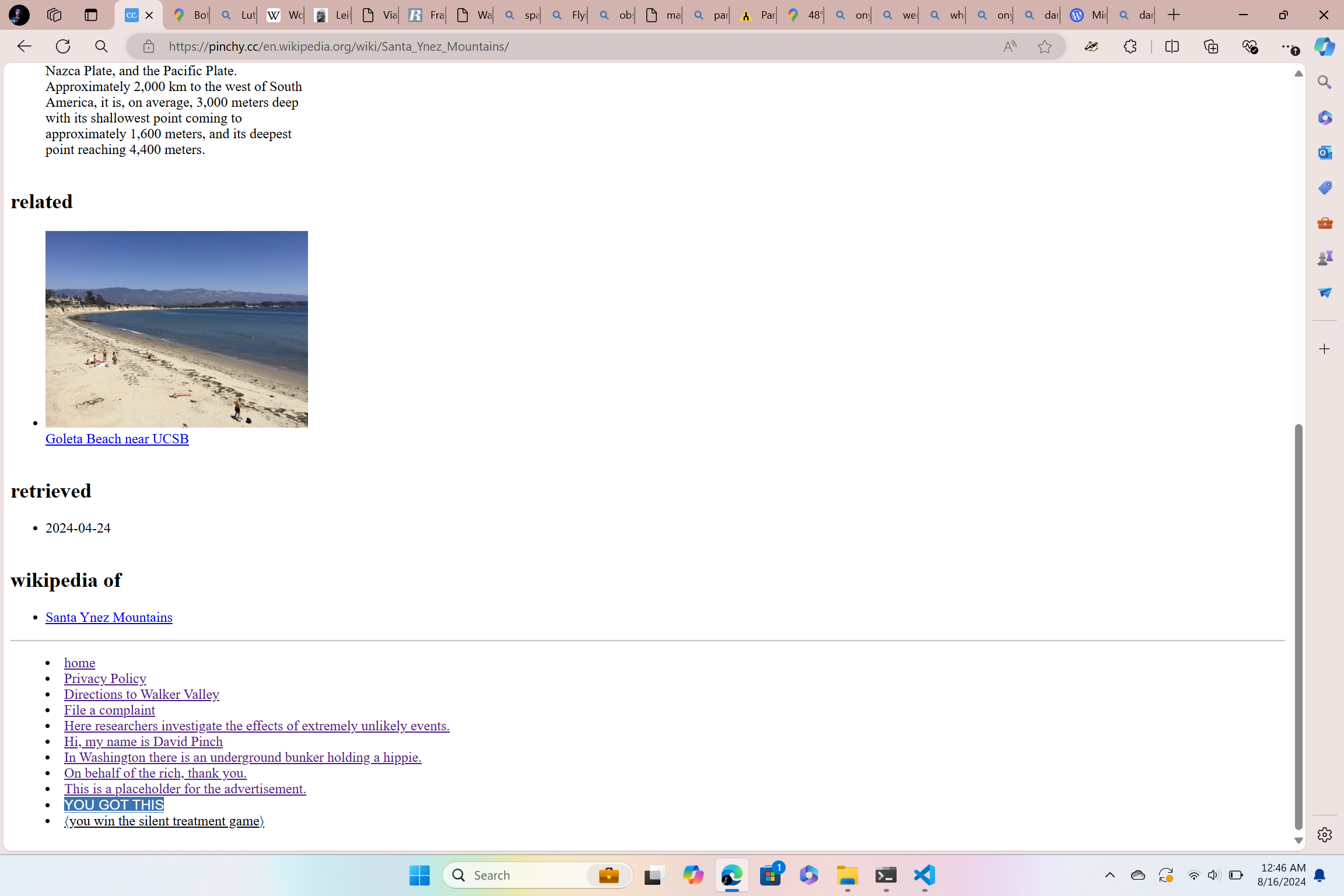- Adventure – March 1980 (atariarchive.org)
Of all the original games Atari put out for the VCS, Adventure may be the one that most people are familiar with today. Warren Robinett’s third and final VCS game – though seemingly the second to actually be released – serves as a counterweight to the arcade action of its March 1980 brethren Space Invaders by providing a nearly unique experience on a home console in its day.
- Nazca Plate (Wikipedia)
The Nazca Plate or Nasca Plate, named after the Nazca region of southern Peru, is an oceanic tectonic plate in the eastern Pacific Ocean basin off the west coast of South America. The ongoing subduction, along the Peru–Chile Trench, of the Nazca Plate under the South American Plate is largely responsible for the Andean orogeny. The Nazca Plate is bounded on the west by the Pacific Plate and to the south by the Antarctic Plate through the East Pacific Rise and the Chile Rise respectively. The movement of the Nazca Plate over several hotspots has created some volcanic islands as well as east–west running seamount chains that subduct under South America. Nazca is a relatively young plate both in terms of the age of its rocks and its existence as an independent plate having been formed from the break-up of the Farallon Plate about 23 million years ago. The oldest rocks of the plate are about 50 million years old.
 Screenshot 2024-08-16 004608.png
Screenshot 2024-08-16 004608.png Screenshot 2024-08-16 004608.png
Screenshot 2024-08-16 004608.png